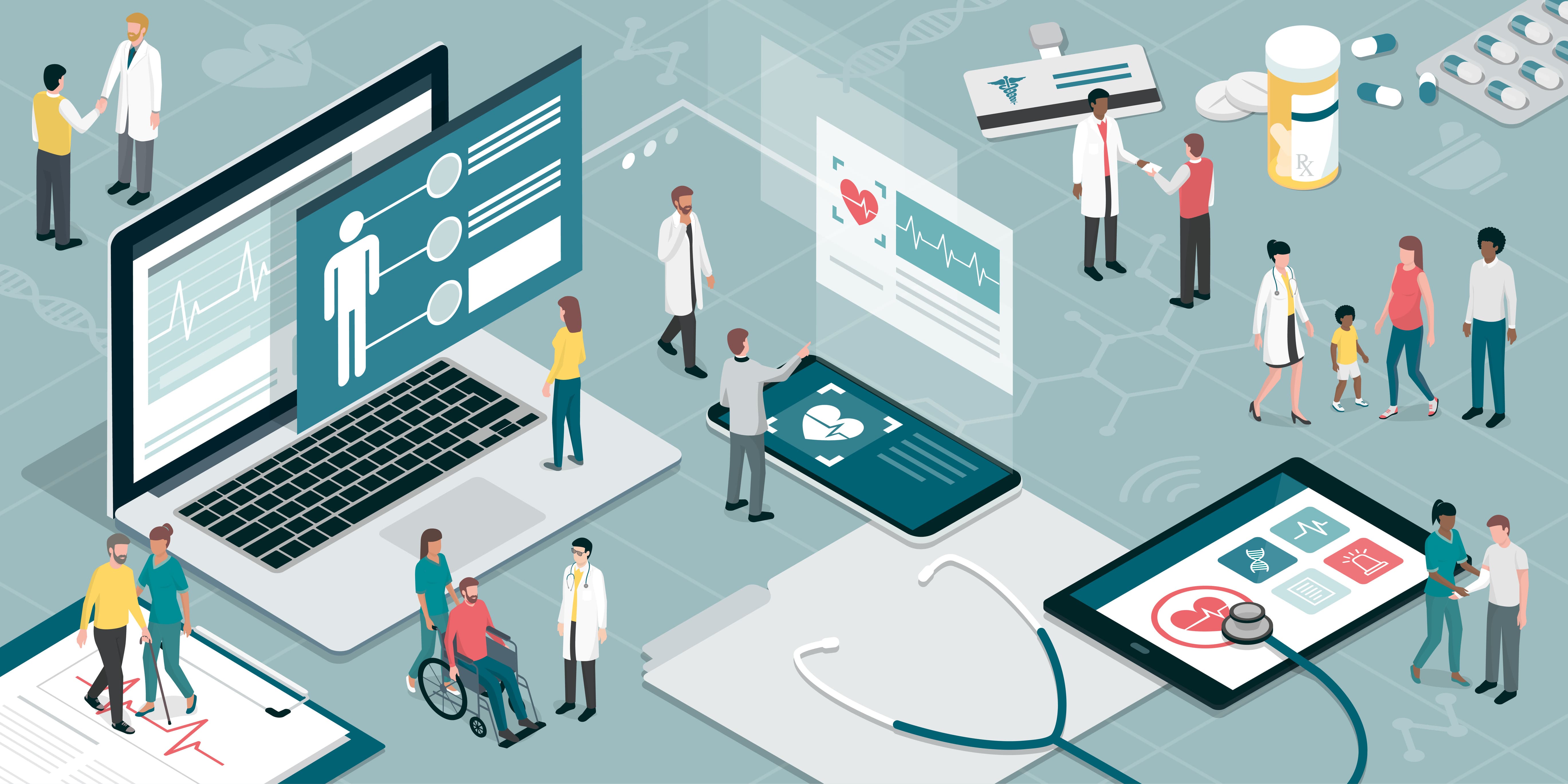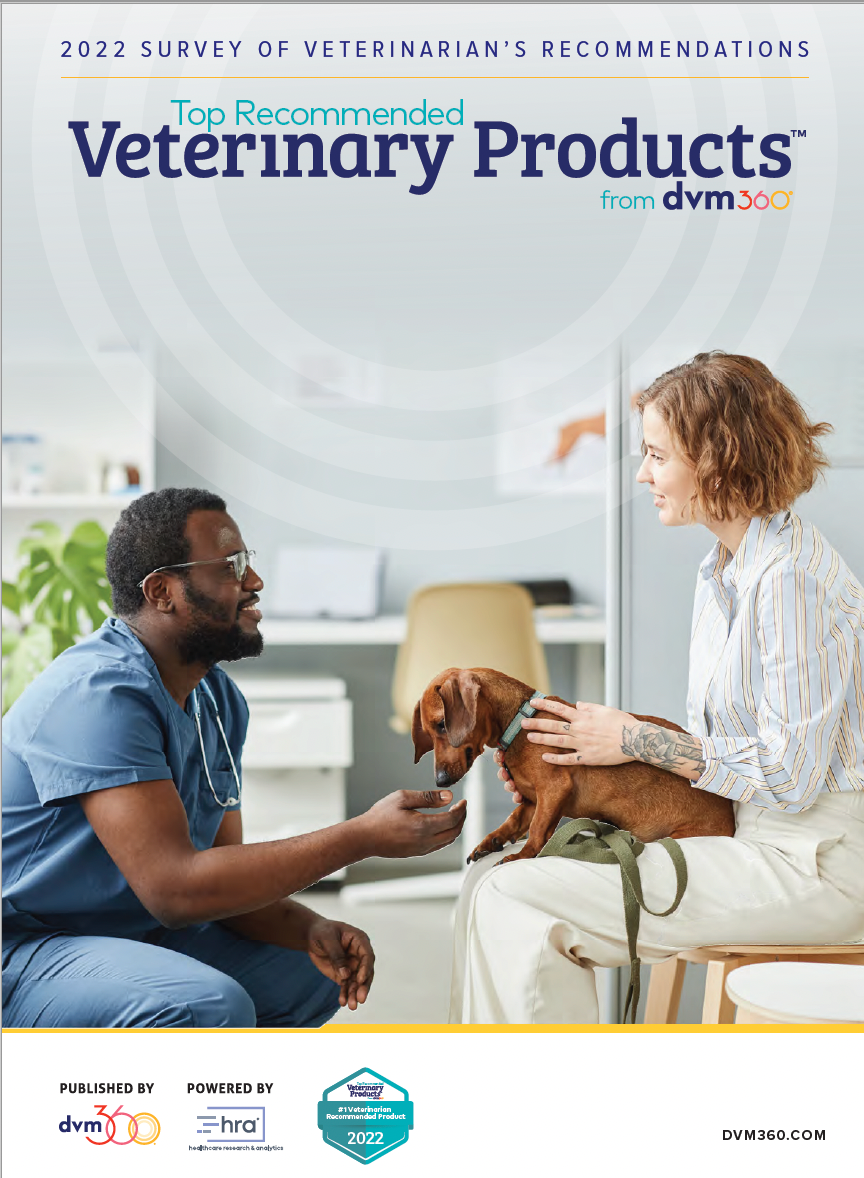Improving continuity of care with new technology
Three modern advances help clinicians continue to be a resource outside the exam room
elenabsl / stock.adobe.com

Modern technology allows clinicians to monitor patients like never before. Virtual care platforms, at-home wearables, and monitoring devices facilitate real-time patient data and more frequent communication between veterinarians and clients. These innovations let clinicians extend their reach beyond the exam room, providing more touch points for patient care through remote options that clients have come to expect.
Here are 3 ways technology is changing the landscape and improving continuity of care:
Telehealth/virtual care
Whether the veterinary industry was ready for mass adoption of telemedicine, the COVID-19 pandemic forced its hand. As clinics scrambled to find ways to continue care for patients in the age of social distancing, virtual care stepped in as a stopgap. More than 2 years later, the fear of interacting face-to-face is slowly waning, but the newfound benefits of remote care for certain types of appointments (such as recheck visits) remain.
The most immediate benefit of virtual care is the convenience to all parties. The pet is spared a potentially stressful office visit, the owner saves on travel time and expenses, and the clinician can be more flexible when scheduling if an exam room is not required. Additionally, many virtual care platforms offer some form of patient and pet health portal. This allows clients to upload relevant patient data, including photos or videos of postoperative wound healing complications.
Clients can also access patient information such as vaccine records or documents they may need to share with other parties such as specialists or daycare services. What’s more, many platforms have options for pet parents to request appointments, have prescriptions refilled, and message the clinic. These portals are a powerful source of client education, whether through direct communication with the care team or verified resources relevant to their pet’s care. These factors mean less work for the front desk and more ways for veterinary professionals to stay on top of their patients’ care.
Consumer-oriented smart devices
Smart collars are a growing product category among pet owners. As the “Fitbit for dogs,” smart collars provide basic tracking data such as heart rate and steps taken. They tend to have a GPS tracking feature that allows owners to keep an eye on the location of their furry friend. Smart collars offer a simple, objective way for clients to monitor their pets’ activity and ensure they are sticking to clinician recommendations for exercise and fitness. In a similar fashion, consumer-oriented smart food and water dispensers are available to assist the pet parent in managing and tracking hydration and nutrition information.
Professional-grade monitoring devices
In addition to at-home smart devices, the veterinary industry continues to develop and produce products aimed at helping clinicians monitor pet vitals. Continuous glucose monitors are one such example of a wearable, remote monitoring device helping veterinarians improve continuity of care. In an article for dvm360.com, Steven D. Garnett, DVM, DACVS-SA, said: “These allow for accurate monitoring of blood glucose [levels] without the need for traditional blood glucose curves.2 Owners can monitor and record measurements at home using the device and app. These can then be reported to the veterinary team to assist in adjustments [to] insulin dosage over time.”1
In the same article, Garnett discussed wearable temperature, pulse, and respiration (TPR) monitors. These devices continuously transmit pet vitals that are accessible via app or website. According to Garnett, they allow clinicians to monitor the patient’s vitals outside the hospital and respond quicker to any changes. He also noted wireless TPR monitors save staff time compared with obtaining TPR traditionally.
Technology continues to offer opportunities
The common thread among all these technological solutions is that they allow the clinician to reach beyond the exam room for more personalized care. When technology provides more ways to access and assess patients, veterinarians have more data to make better-informed treatment decisions.
References
- Garnett S. Technology and the ability to care for our patients. dvm360®. June 23, 2022. Accessed July 2, 2022. https://www.dvm360.com/view/technology-and-the-ability-to-care-for-our-patients
- Del Baldo F, Canton C, Testa S, et al. Comparison between a flash glucose monitoring system and a portable blood glucose meter for monitoring dogs with diabetes mellitus. J Vet Intern Med. 2020;34(6):2296-2305. doi:10.1111/jvim.15930
